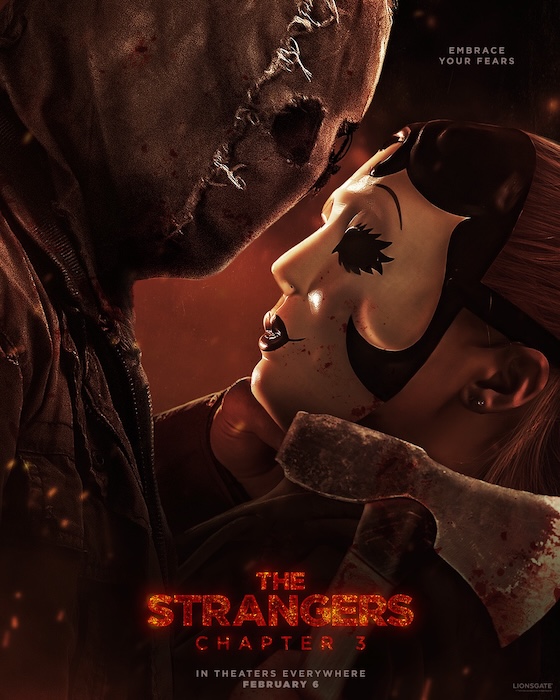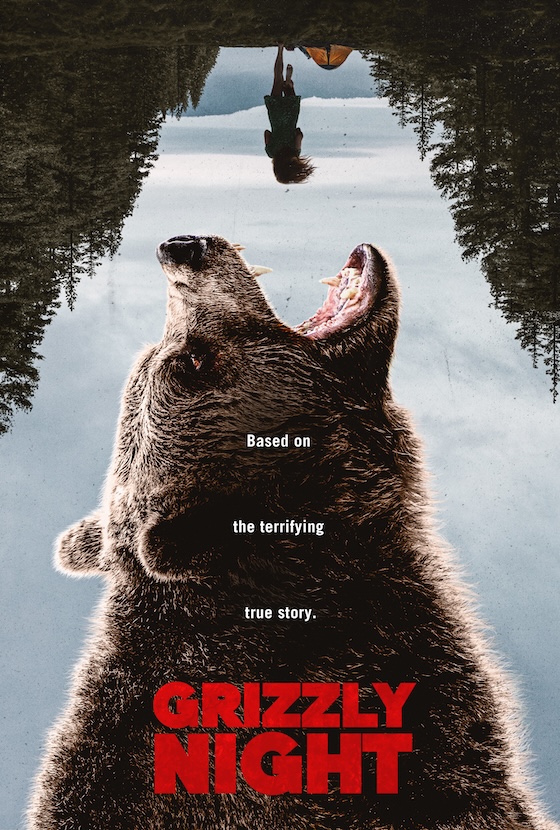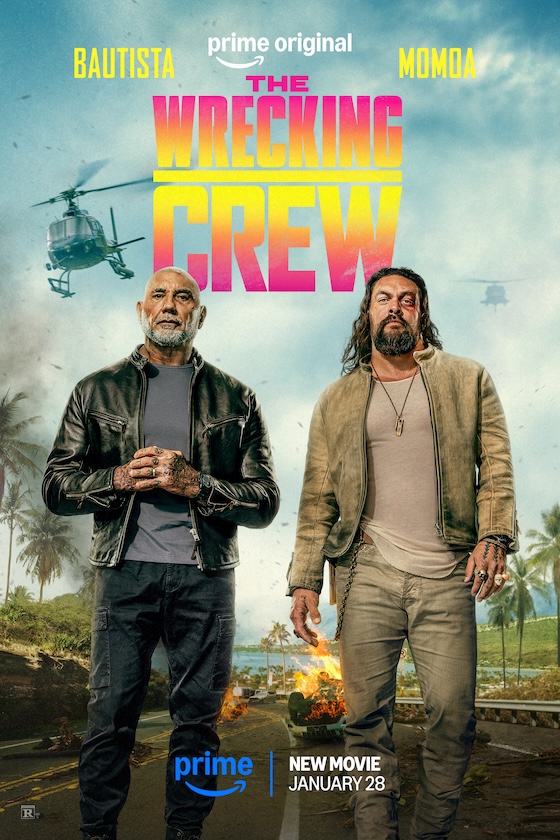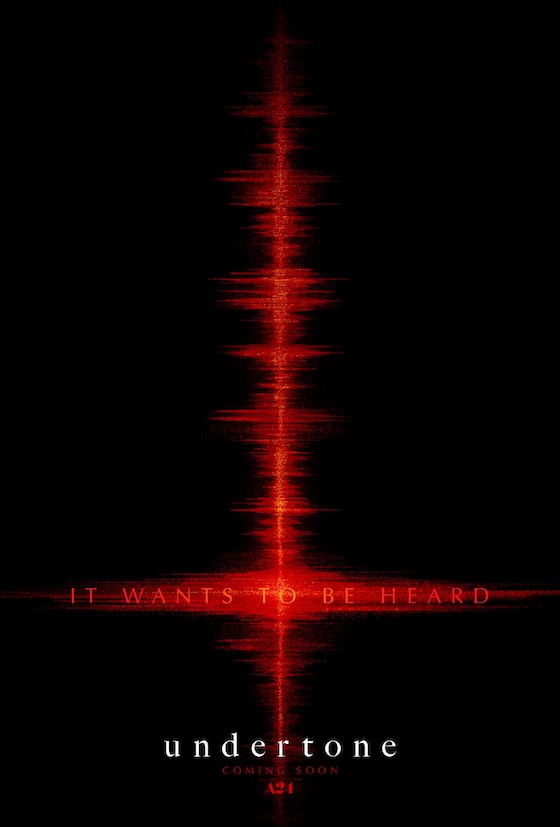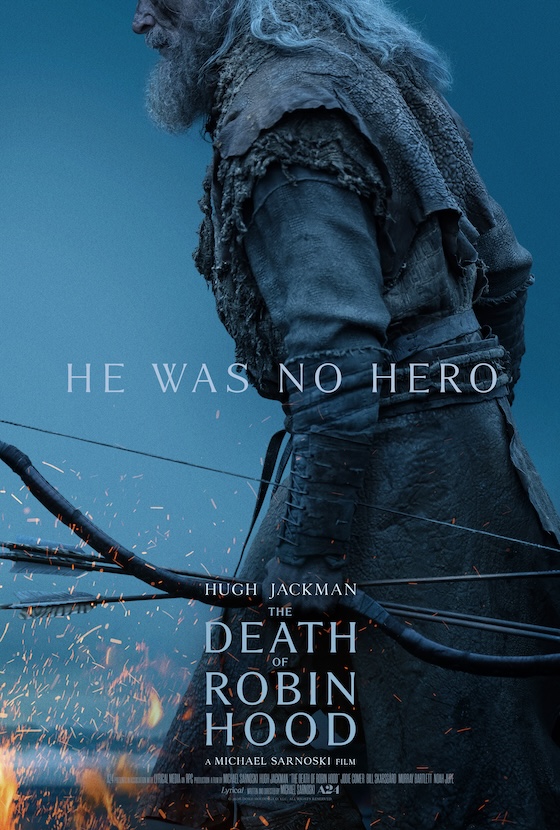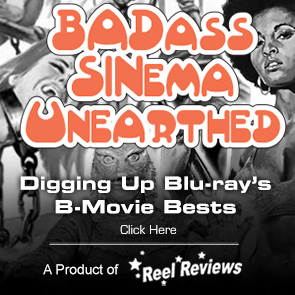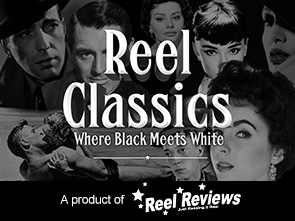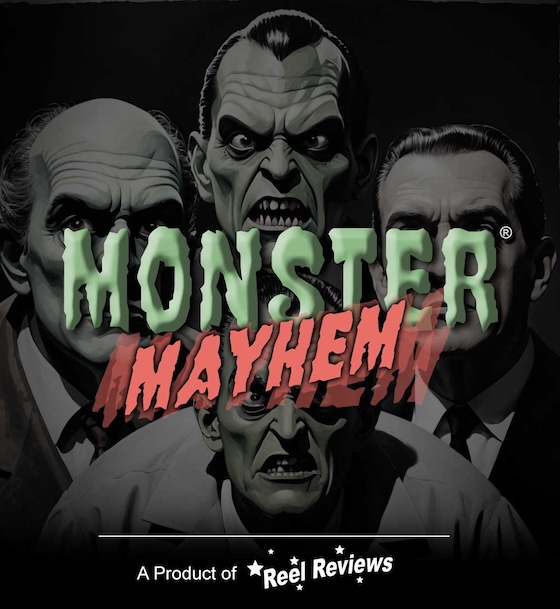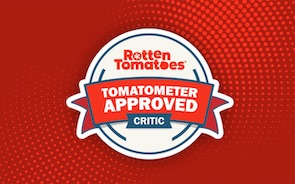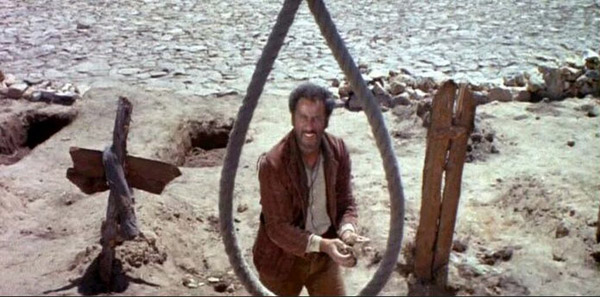
![]() Continuing to violate the way westerns were once made in the Hollywood system, Director Sergio Leone brings forth his epic tale of greed, violence, and redemption with The Good, the Bad, and the Ugly, finishing off The Man With No Name trilogy in high desperado fashion. Never one to shoot from the hip, Leone presents the third in the trilogy exactly as he planned it; from the dog walking across the screen for the first 16 minutes to the final shoot-out in the cemetery. Every frame is mapped-out precision elegantly shot by Tonino Delli Colli, and the end result is purely fascinating.
Continuing to violate the way westerns were once made in the Hollywood system, Director Sergio Leone brings forth his epic tale of greed, violence, and redemption with The Good, the Bad, and the Ugly, finishing off The Man With No Name trilogy in high desperado fashion. Never one to shoot from the hip, Leone presents the third in the trilogy exactly as he planned it; from the dog walking across the screen for the first 16 minutes to the final shoot-out in the cemetery. Every frame is mapped-out precision elegantly shot by Tonino Delli Colli, and the end result is purely fascinating.
Filmed in 1966, The Good, the Bad, and the Ugly reunites, for one final showdown, Clint Eastwood and Lee Van Cleef, this time; however, a third man, Tuco (Eli Wallach), is brought in to thwart the plans of each man’s scheming. Ultimately, what this film busys itself with, narrative wise, is the depiction the three gunslinger’s quest for confederate gold – buried somewhere amongst the rubble and chaos of epic gunfights, Civil War battles, a multitude of hangings, and, finally, bringing all three back together to duke it out in the circulay center of a Mexican cemetary.
Written by Luciano Vincenzoni and Leone, The Good, the Bad, and the Ugly is a fine work of art if operating solely as a screenplay. The dialogue is crisp and sparkling and revealing in its portrayal of typical western players. The character arcs are not simply composite renderings; these are fully flushed and dynamic renegades who find themselves at odds with each other over a casket full of gold. And, yet, once the pen is put down and the camera is brought in, Leone, ever the perfectionist, follows a new rule of thumb and limits what the audience can see by insisting that if it isn’t in the frame, then the actors don’t see it either.
The Good, the Bad, and the Ugly is Leone as the protrait artist. Always great with capturing the face, it is with this feature in which he hits his stride; from the begging man with no legs tugging at Angel Eyes’s legs to the tight close-ups of an audience watching Tuco’s hanging; this is an epic panarama of human faces that builds in operatic suspense. While the cinematic landscape goes from big to small – as well as the well-timed shots – throughout The Good, the Bad, and the Ugly there is a thoughtful balance between the patient pacing and the violent action that makes Leone’s work so memorable.
|
||||||||||||||||||
Blu-ray Details:
Available on Blu-ray - May 11, 2010
Screen Formats: 2.35:1
Subtitles: English SDH, German, French, Spanish, Italian, Portuguese, Chinese (Simplified), Korean, Thai
Audio: English: DTS-HD Master Audio 5.1; English: Dolby Digital Mono; German: DTS 5.1
Discs: 50GB Blu-ray Disc; Single disc (1 BD)
Supplements:
In line with the mastering quality of A Fistful of Dollars, The Good, the Bad, and the Ugly simply doesn’t pop like the second in the trilogy. While the sound mastering (to lossless audio) helps to fill the soundscapes of Leone’s western with a little more oomph, the true beneficery of this upgrade is Ennio Morricone’s score which is simply beautiful.
Featurettes:
- Commentary Tracks: Two commentaries are included, the first by film historian Richard Schickel and the second by, once again, Christopher Frayling
- Leone's West (19:55): A retrospective that looks at Leone's westerns, featuring interviews with Eastwood, Wallach, producer Alberto Grimaldi, dubbing expert Mickey Knox, and Schickel
- The Leone Style (23:48): Focused on the “look” of Leone’s films, this feature discusses how Leone drew inspiration from opera and art pieces.
- The Man Who Lost the Civil War (SD, 14:24): A very brief featurette that discusses Brigadier General Henry Hopkins Sibly and his scheme to give the Confederacy an open route to California in order to win the acknowledgement of France and England.
- Restructuring The Good, the Bad and the Ugly (11:09): A featurette that discusses the photochemical restoration of the film completed in 2002.
- Il Maestro: Ennio Morricone and ‘The Good, the Bad and the Ugly’ (19:48): Broken in two parts, the first with film music historian Jon Burlingame, who discusses Morricone's unique score. The second part is an audio-only dissection by Burlingame of Morricone's themes from The Good, the Bad and the Ugly.
Deleted Scenes (10:19)
Trailers (3:21)

